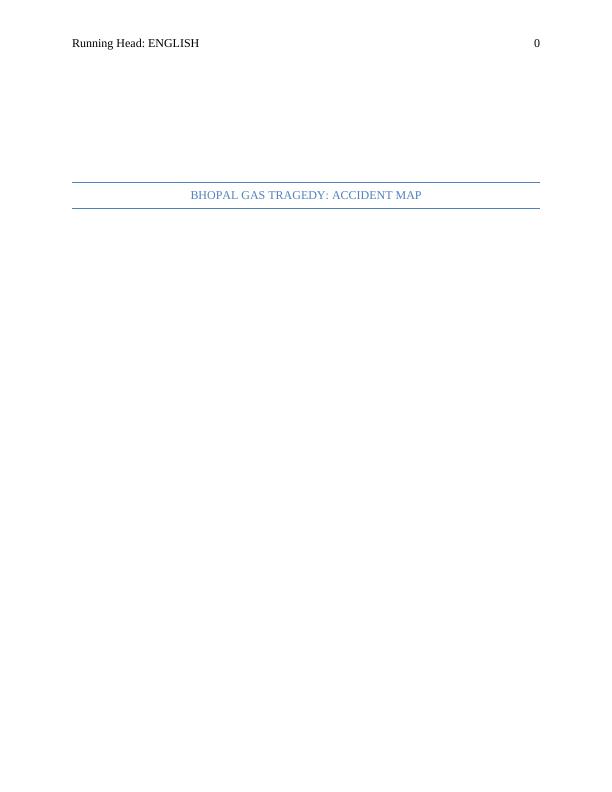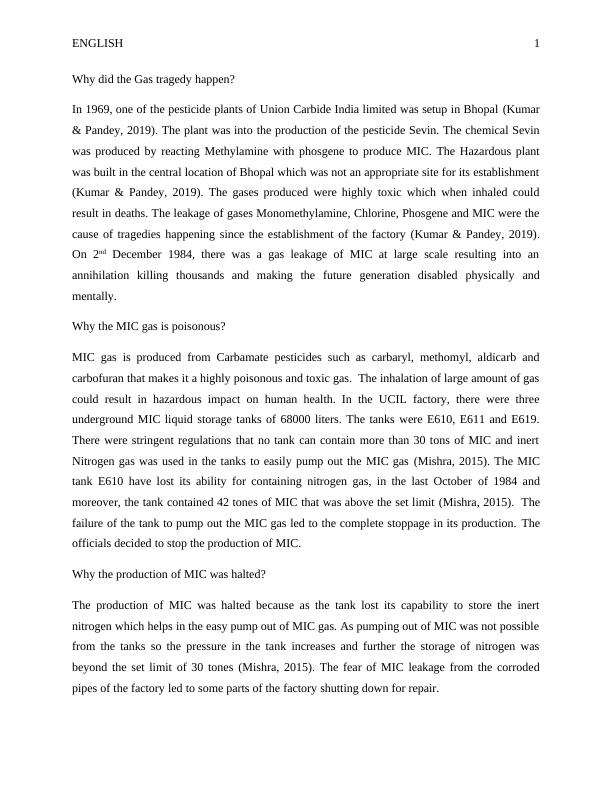Bhopal Gas Tragedy: Accident Map
Added on 2022-12-23
4 Pages760 Words46 Views
End of preview
Want to access all the pages? Upload your documents or become a member.
Business Law and Ethics: The Bhopal Gas Tragedy and Ethical Position of US Union Carbide Company
|8
|1729
|1
Business Law and Ethics: Bhopal Gas Tragedy
|8
|1824
|48
Bhopal Gas Tragedy: Causes, Impacts, and Ethical Issues
|9
|2105
|56
Ethical Issues in Bhopal Gas Tragedy
|8
|1785
|30
Bhopal Gas Tragedy: Background, Reasons, Impact, and Ethical Issues
|9
|2334
|38
Case Study on Bhopal Gas Leak
|6
|1438
|50


